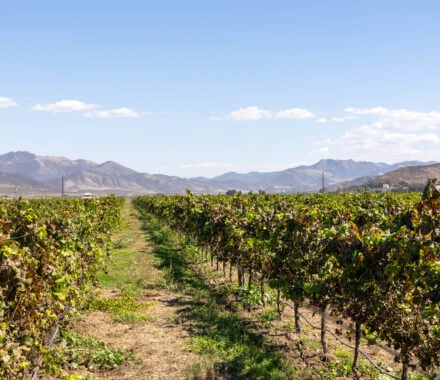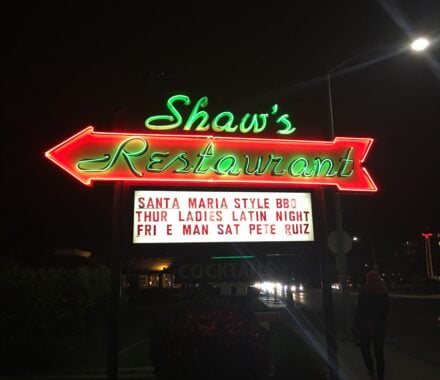If you hang around long enough, what’s old eventually becomes new again. Indeed, that’s the case with tri-tip, the Santa Maria Valley’s longtime local beef cut that is being billed as “new” in a recent Wall Street Journal article.
To be fair, the Journal acknowledges that tri-tip is a fairly common find in California markets, but adds that in much of the country it is being billed as a new cut that is helping change the American steakhouse landscape.
The article states, “Steakhouses are offering new cuts, sometimes with chic-sounding, unfamiliar names (a ‘rib cap,’ anyone?). Some are retooling menus to add prices palatable to more diners. And the rustic décor of the traditional steakhouse is being replaced with a sleeker style to attract a clientele beyond business meetings and celebrations.”
It adds, “Record-high beef prices and evolving culinary trends are pushing midtier chains like LongHorn Steakhouse and grocery giants like Supervalu to offer new cuts.”
Into this picture steps tri-tip, a cut that originated in the Santa Maria Valley in the 1950s, and that has become a staple of the Santa Maria BBQ experience.
As the article, notes, “People discover new cuts of beef at restaurants, then look for them at supermarkets, grocers say.”
On that note, the Journal observes that “Supervalu is introducing midprice cuts of meat that are already sold in one region into other areas. The tri-tip, cut from the sirloin, an easily grilled cut often found in California supermarkets, is being rolled out in its Minneapolis Cub Foods.”
This trend may remedy an issue that frequently confounds fans of Santa Maria Style Barbecue, which is the lack of tri-tip availability outside of California.
Along the way, let’s hope that those restaurants and markets that jump on the tri-tip bandwagon understand that it’s not just another cut of beef, but rather part of a remarkable regional culinary tradition that should be honored and acknowledged, no matter how “sleek” the setting in which it’s served!



